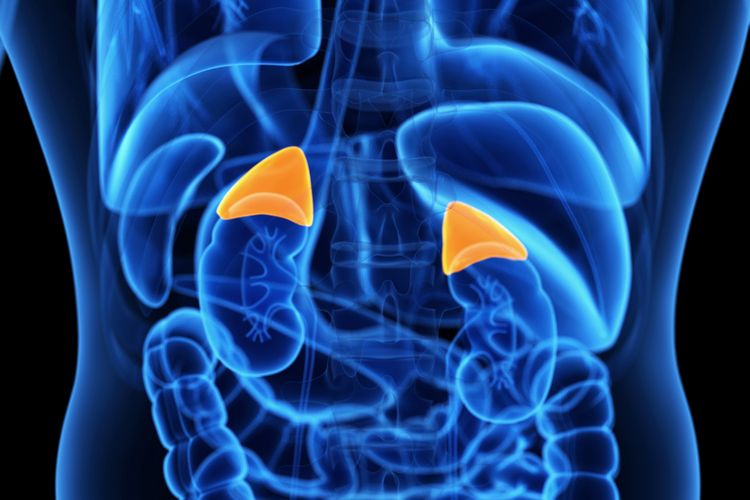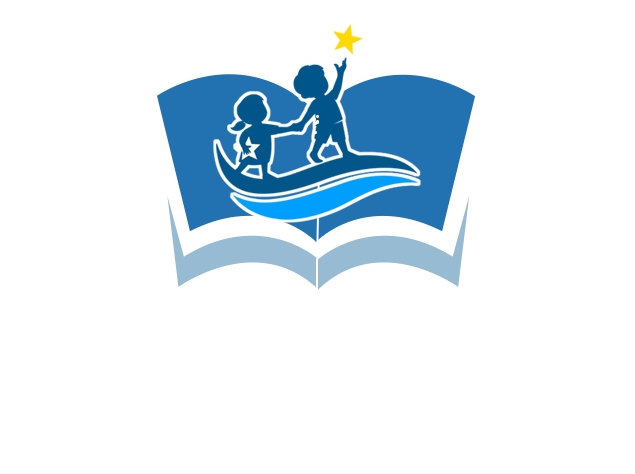Adrenal Disorders
Home » Adrenal Disorders
The adrenal glands, located on the top of each kidney, are responsible for releasing different hormones. It has 2 parts: the cortex and the medulla.
Adrenal gland disorders occur when the adrenal glands produce too much or too little of these hormones. The adrenal cortex produces hormones such as cortisol that help you respond to stress, and maintain blood sugar and blood pressure. Excess of cortisol can cause a serious condition called Cushing’s disease with weight gain, high blood pressure, and muscle weakness and deficiency can lead to symptoms such as low blood sugar and darkening of complexion. The adrenal cortex also secretes sex hormones responsible for the development of pubic hair. Excess of these sex hormones can result in early puberty in boys and masculinization in girls The adrenal medulla secretes hormones, excess of which can cause increased heart rate and tremors.
These conditions caused by overproduction or underproduction of adrenal hormones are treatable.

What is Congenital Adrenal Hyperplasia?
Congenital adrenal hyperplasia is a genetic condition that results from an abnormality of the adrenal glands.
What are adrenal glands and what is their function?
The adrenal glands are a pair of small glands situated above the kidneys. This gland has 2 parts, an outer cortex, and an inner medulla. The medulla of the adrenal gland makes adrenaline. This part is not affected in CAH and remains normal. The outer portion produces three hormones:
- Cortisol (Hydrocortisone)Cortisol helps to maintain blood sugar in our body. It is also called the “stress hormone” of our body since its production increases during physical stress such as infection and emotional stress, to protect our body. This hormone is essential for life.
- Aldosterone (salt retaining hormone) Aldosterone is a salt-retaining hormone. It works on the kidneys to help the body maintain normal levels of the minerals, sodium and potassium. Normal levels of sodium and potassium are necessary for all cells to work normally. Deficiency of this hormone results in loss of salt and water in the urine leading to salt deficiency and dehydration.
- Androgen (male sex hormone) The adrenals of both girls and boys make several types of male-like hormones. These are normally present in very small amounts in children.
What is the abnormality in CAH?
The hormones produced by the adrenal glands are made in a series of steps or chemical reactions.
If one enzyme in this series of chemical reactions is missing, the commonest being 21 hydroxylase, there is a decrease in the cortisol and increase in adrenal androgens, which form a part of the series of chemical reactions. The androgens that are increased are 17α(OH) progesterone, Androstenedione, DHEA, and testosterone.
What are the effects of deficiency of 21 hydroxylase
Deficiency of 21 hydroxylase results in:
- Deficiency of the cortisol, which is the stress hormone in our body, and this can be life threatening. It also results in a compensatory increase of a hormone called ACTH that is secreted from the pituitary gland in the brain. Excess of ACTH in the body results in darkening of the skin.
- Increase in the adrenal androgens: These androgens have a masculinizing effect in females. These girls may look like males at birth because the clitoris is enlarged and looks like the penis. The internal structures like the uterus and ovaries are normal in these girls.
- Excessive male hormone in boys’ results in early sexual hair, acne and increase in the penile size. Due to increase in these androgens, boys and girls have a growth rate that is too rapid. They look much taller than their peers. These androgens also affect the growth plates of children. The bone age is advanced and there is early fusion of the growth plates resulting in short adult height.
- As adults, if the treatment for CAH is not taken regularly, it can cause irregular periods and hair in unwanted areas (face, breast, tummy) in girls and can cause fertility problems in boys.
- Decrease of aldosterone is present in 75% children with CAH. These are called “salt losers”. This results in increased loss of sodium in urine. They develop low sodium and high potassium levels in the blood. These babies do not gain weight and develop vomiting in the first few days of life. If treatment is not started immediately, it can be life threatening, hence this condition needs immediate attention.
How is CAH treated?
Treatment for CAH should be instituted as early as possible. Treatment consists of replacing the missing hormone cortisol. There are various preparations available in the market, but hydrocortisone is the most preferable. This is available in tablet form in India. The dose of the medication changes with age and regular monitoring by your pediatric endocrinologist with certain lab tests is important for optimal growth of the child. The dose needs to be increased during stress such as infections, fever etc. to cope with the stress.
This medication also decreases the adrenal androgens and prevents further increase in the size of the clitoris in females, early appearance of sexual hair and rapid advancement of growth and bone age. The clitoris may not return completely to normal size, however, and the vaginal opening may remain closed because of the joined labial folds. Surgery may be needed in girls who have a marked male-like appearance of their external genitals. The age at which surgery is done is determined on an individual basis, depending on the severity of the problem.
In salt losers, a substitute of aldosterone called fludrocortisone is given to prevent loss of sodium from the kidneys. This results in normalization of the sodium and potassium levels. This medication is available in tablet form in India. Extra salt needs to be given in babies who are “salt losers” till they start consuming enough salt in their diet.
Will my child become like other children with the treatment?
- With regular and appropriate dosage of medication, your child with CAH can lead a normal life.
- Girls with CAH (if they take their medications regularly) have no difficulties becoming pregnant or carrying a baby.
- Men who take their medications appropriately have normal fertility.
- There are no known mental deficiencies associated with CAH
Can my next baby also suffer from CAH?
The risk of your next baby developing CAH is 25% (1 in 4). The unborn baby can be tested while in the uterus for CAH. Parents with a baby who is diagnosed with CAH, must consult a genetics specialist before planning the next pregnancy.

